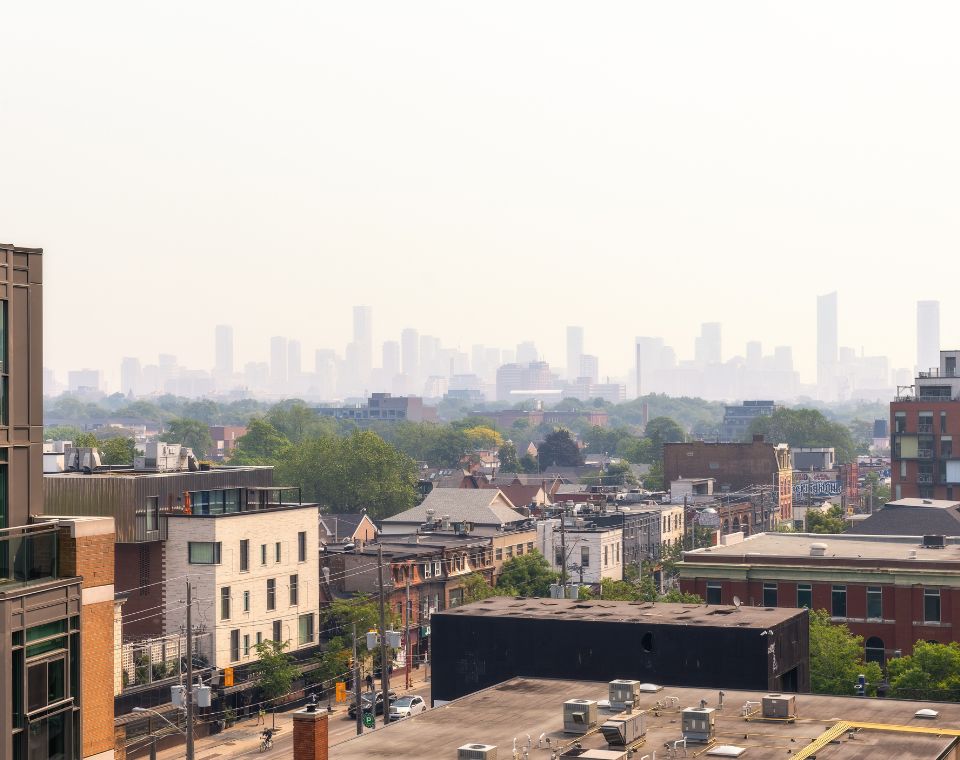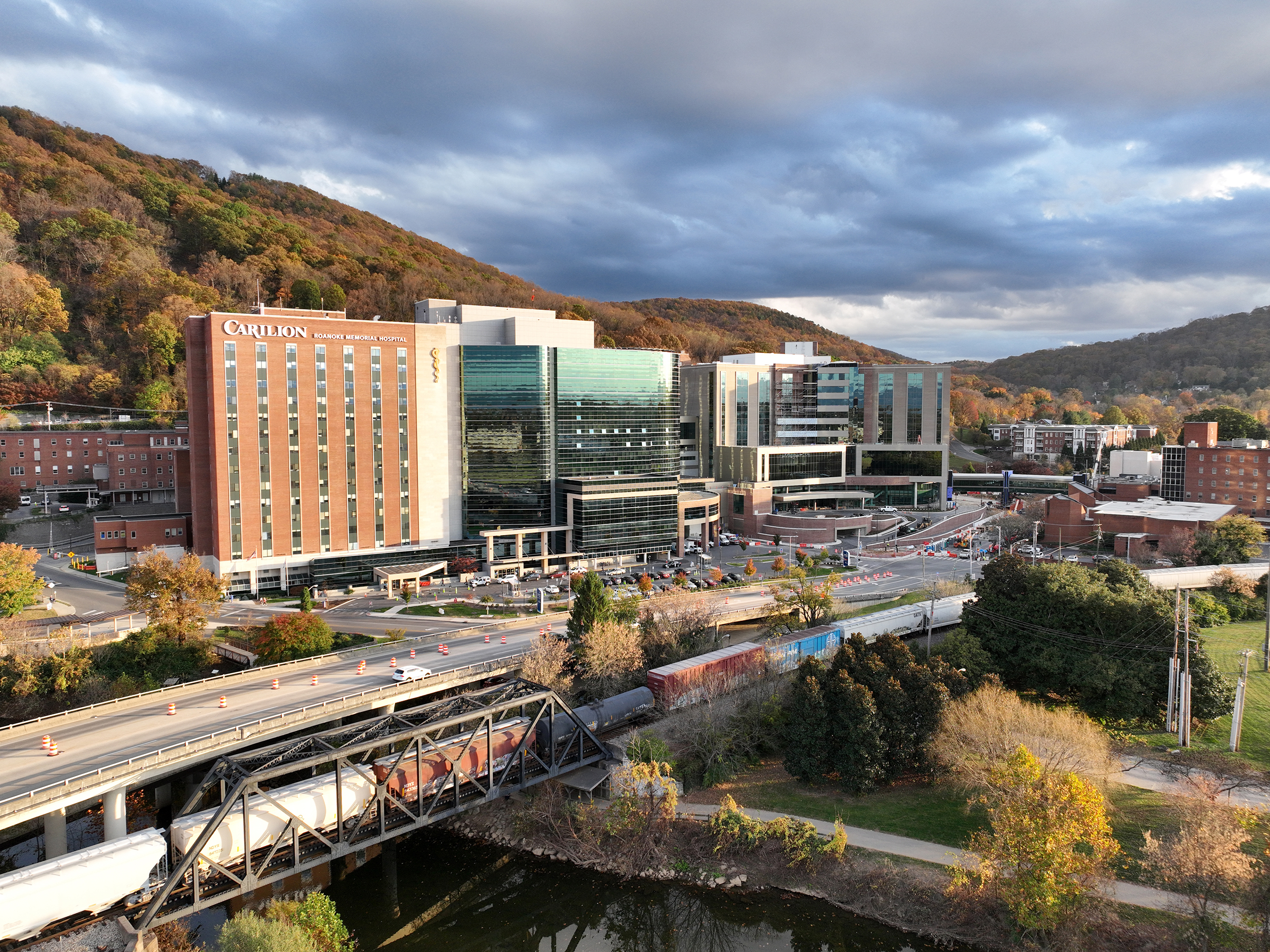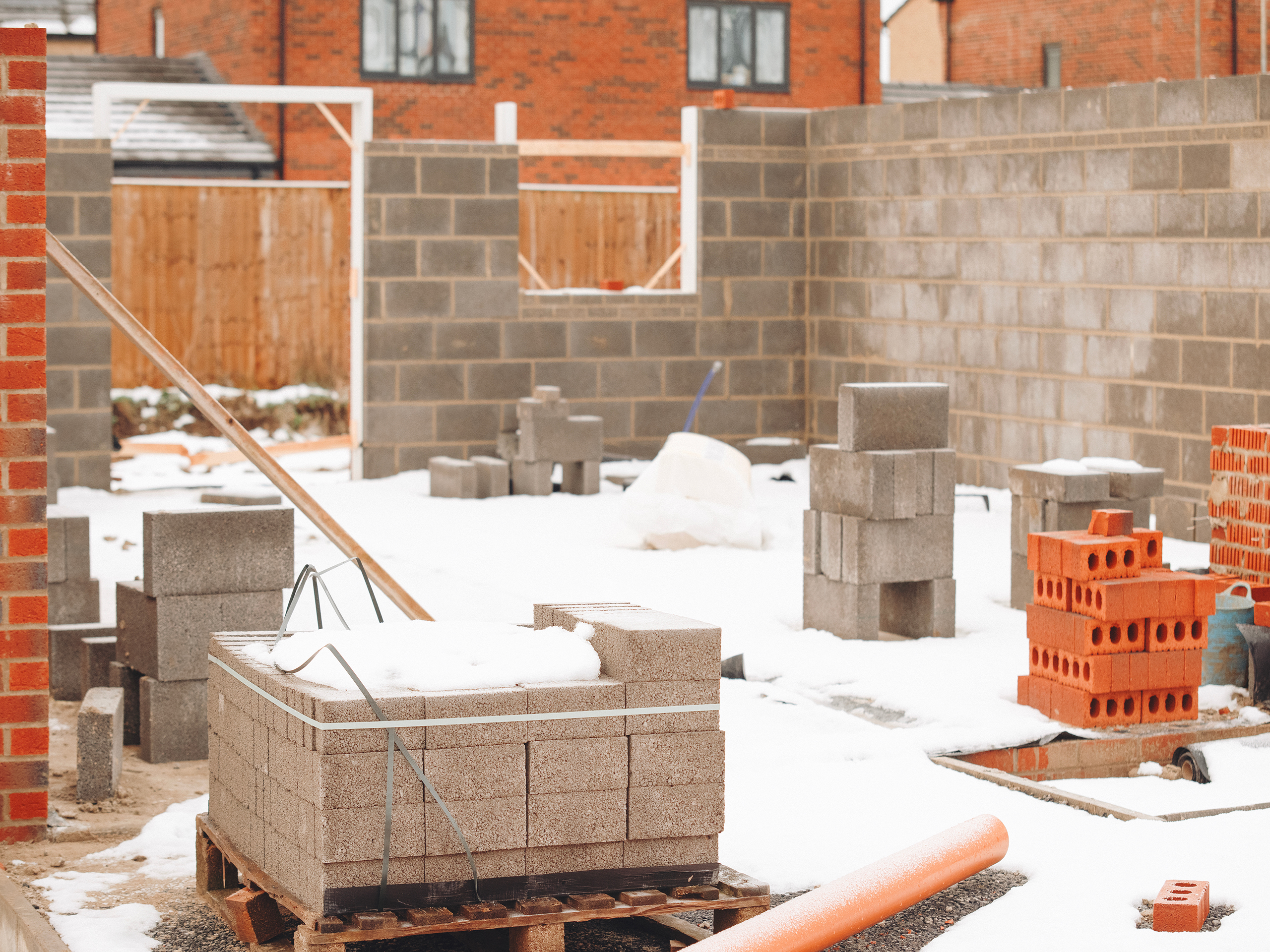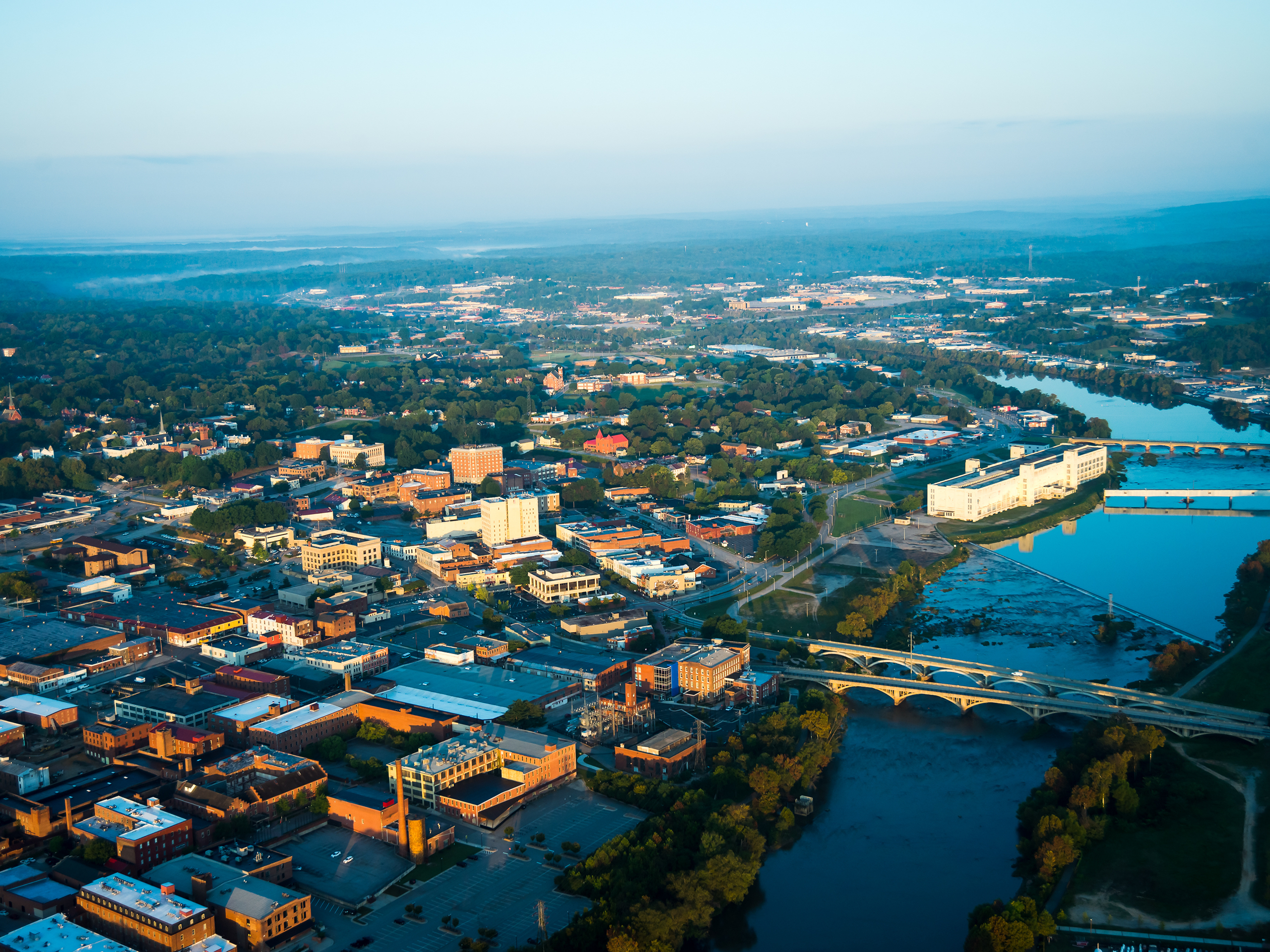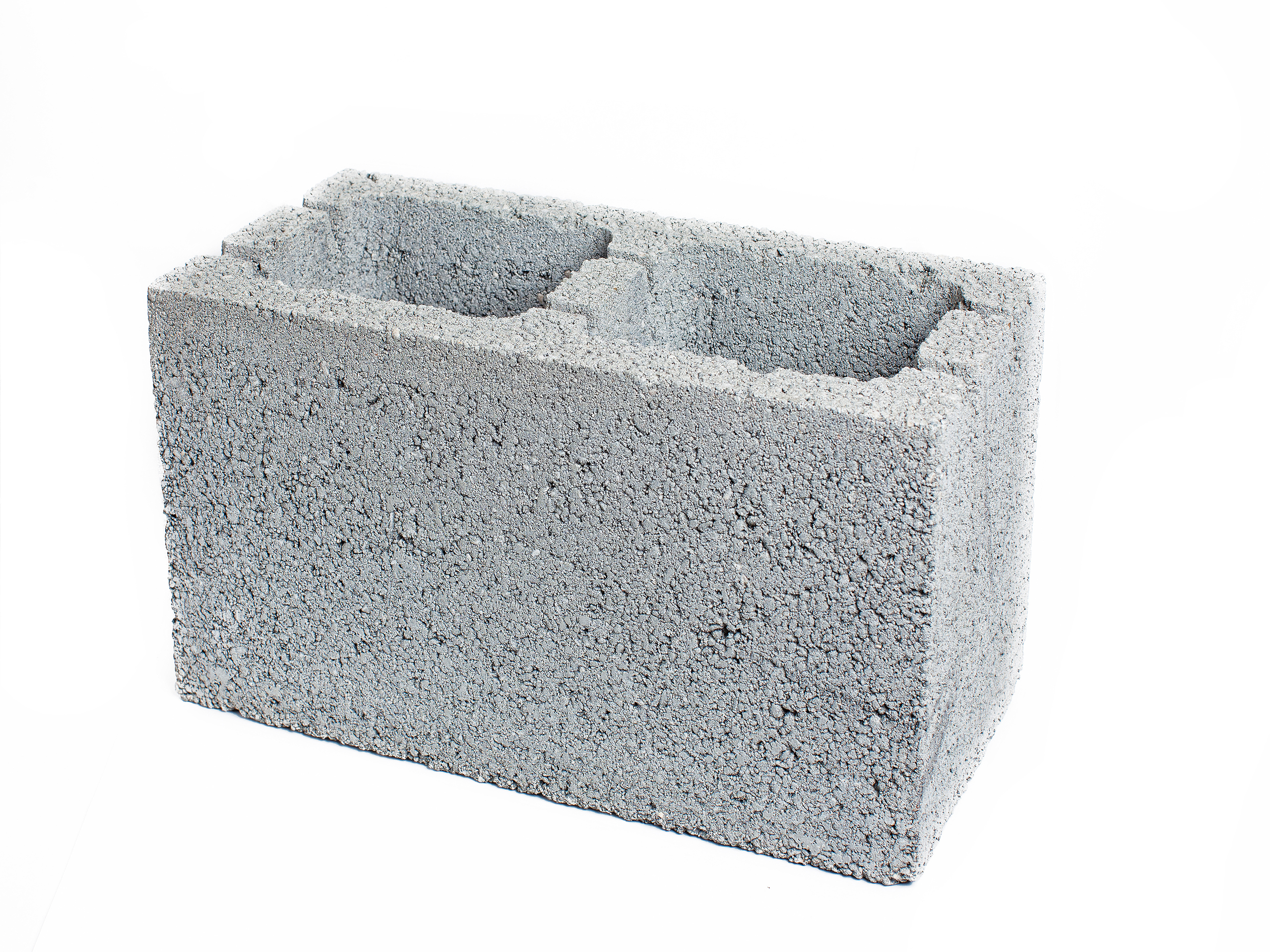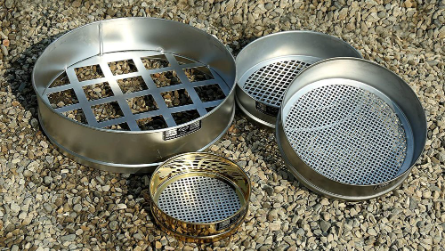Last summer and fall, the Canadian wildfires caused many of us in the eastern portion of the United States to realize how far-reaching the impact of these devastating events can be. And just as we were literally starting to breathe a sigh of relief, those of us here in southwestern Virginia had a significant wildfire in our own backyard. The Matts Creek wildfire in Bedford County, VA, began in early November 2023 and wasn’t 100% contained until late November. This wildfire scorched over 11,000 acres of forest and adversely affected the air quality throughout portions of Virginia and other Atlantic coastal states for several weeks.
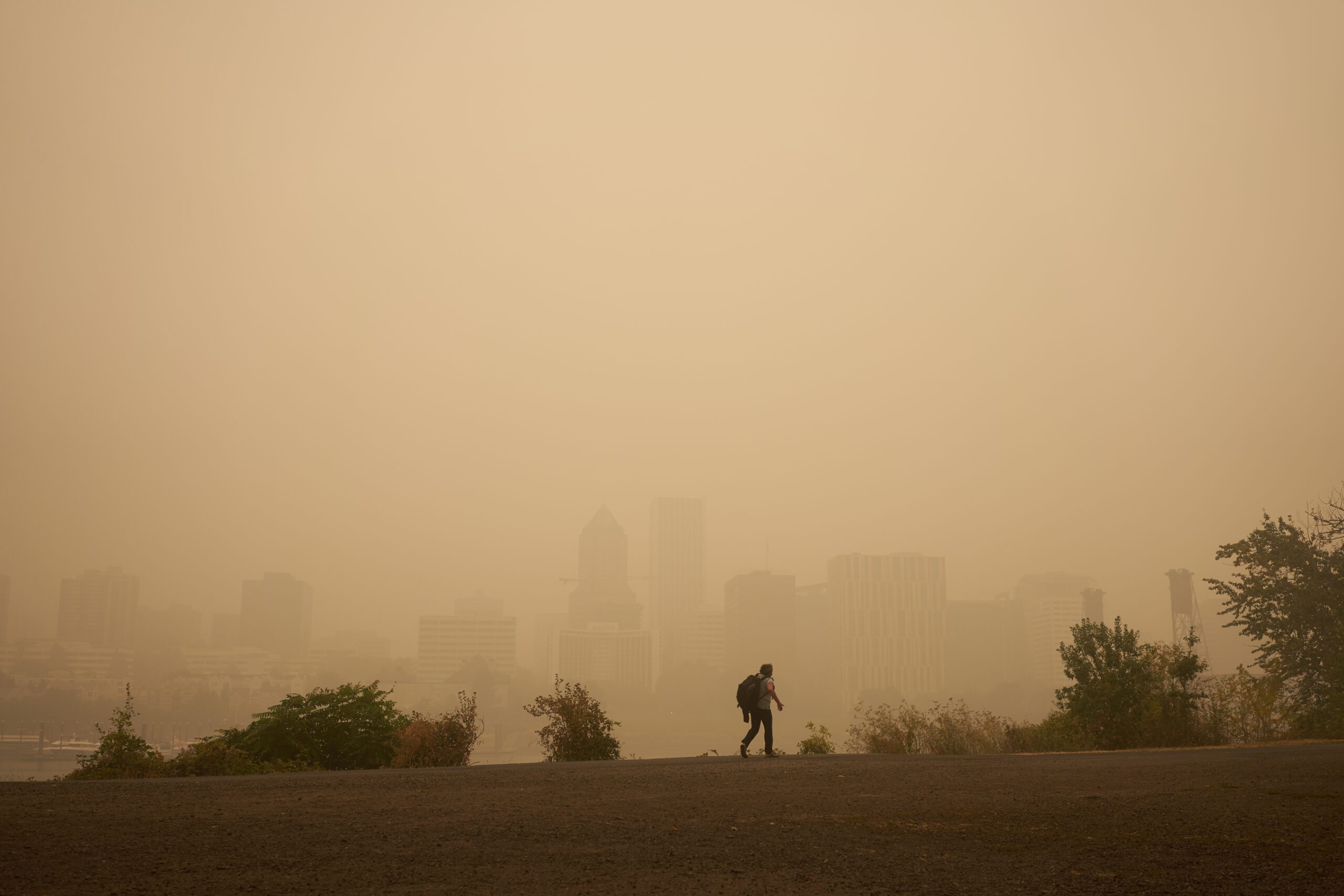
The smoke from wildfires is more than just an unpleasant nuisance. According to the Centers for Disease Control and Prevention (CDC) and the National Institute for Occupational Safety and Health (NIOSH), “Wildfire smoke is a complex mixture of gases and particles from burning vegetation and other materials.” In a recent publication titled Outdoor Workers Exposed to Wildfire Smoke, NIOSH described wildfire smoke as containing hazardous compounds such as carbon monoxide, carbon dioxide, benzene, hydrocarbons, particulate matter, acrolein, and aldehydes. We could discuss the harmful health effects of any of these toxic components of wildfire smoke ad infinitum. However, this brief article focuses on airborne particulate matter, termed PM.
The U.S. Environmental Protection Agency (EPA) defines PM, sometimes referred to as particulate pollution, as “a mixture of solid particles and liquid droplets found in the air.” PM from wildfires puts the haze in the sky and the odor in the air. The size of the airborne particles further defines PM. PM10 refers to particles at least 10 microns in diameter but larger than 2.5µ (a micron is abbreviated with the Greek letter µ [pronounced mu], and a µ is equivalent to 1/1,000,000 of a meter). PM2.5 consists of particles with diameters at or less than 2.5 µ. If you are having difficulty envisioning these sizes think of a human hair. As one looks at the end of a human hair, depending on whether the hair is fine or coarse, the diameter of the hair is typically about 50 to 75 µ. In other words, this is a very, very small particle. Here is a link to help further visualize the size comparisons.
Several adverse health effects have been correlated to PM exposure. As one might imagine, the primary concern associated with PM is health impacts on the respiratory system. During a normal day and in the presence of elevated PM concentrations, we breathe in these particles, deposited on various lung surfaces. PM2.5 is deposited deep within the lungs in the areas where oxygen is extracted from the air we breathe, where it can cause inflammation and tissue damage. According to Carrie Redlich, MD, MPH with Yale Medicine, “the particles can even enter into the bloodstream and travel to other organs.” Dr. Redlich also says exposure to PM2.5 “has been linked to an increased risk of heart attack, stroke, lung cancer, and a decline in cognitive function.”
So what can we do to better protect ourselves from PM and overall adverse air quality?
- Air Quality Awareness: Simply be aware that the potential for wildfire smoke exists and check the air The EPA maintains a website called AirNow. You can access the site, enter the zip code for your area, and receive a real-time air quality summary. Six levels of air quality are listed, ranging from hazardous to good, and each level is numerically defined; the higher the Air Quality Index (AQI), the greater the level of air pollution and the greater the risk to human health. Knowing the AQI for your area or an area you plan to travel to can assist you in preparing for any given day.
- Know your limitations: Certain individuals are more at risk than others regarding exposure to To name a few, persons with asthma, COPD, heart or lung disease, older adults, pregnant persons, and even persons temporarily experiencing a viral respiratory infection.
- Stay Indoors: If the AQI indicates an unhealthy risk for you, avoid outdoor exposure during that time. If you have to go outside for any reason, consider wearing a respirator or some type of We got used to wearing masks daily during the pandemic, so a few hours should seem tolerable. However, you should understand the limitations and risks associated with wearing a respirator, and respirators are not for everyone. The EPA has published a short factsheet titled “Protect Your Lungs from Wildfire Smoke or Ash” that offers advice for wearing a respirator and links with additional information. The link to access this article is included in the Reference section of this article.
- Mitigation Steps for your Environment: Even staying indoors does not guarantee zero exposure to PM. During times of elevated PM, it’s recommended that you change the air filter for your heating, ventilation, and air-conditioning (HVAC) Also, be aware of the Minimum Efficiency Reporting Value (MERV) rating of the filters you install. Most mechanical engineers recommend using a filter with a MERV rating between 11 and 13 when PM levels associated with wildfire smoke are high. However, you should check with your service technician or consult the manual for your HVAC air handler to confirm the increased filtering capacity doesn’t adversely affect the unit’s performance. Another tip is to leave the fan in Run mode 24/7 instead of automatic which will help to filter out airborne particulates.
- Construct your own homemade Corsi-Rosenthal box: This is a fun project to do with your family! This contraption will help to filter the air in your To construct one box, you only need one box fan, four air filters, preferably with a MERV rating of 13, and some sturdy tape, like duct tape. If you start with a new fan, you can use the cardboard box that the fan comes in as the bottom. Visit this link for instructions on building the box.
To conclude, a quote from Donna Farhi, described as a yoga superstar: “Breathing affects your respiratory, cardiovascular, neurological, gastrointestinal, muscular, and psychic systems, and also has a general effect on your sleep, memory, ability to concentrate, and your energy levels.” With so much riding on the simple act of breathing, the quality of the air that we breathe is of utmost importance.
References:
The National Institute for Occupational Safety and Health (NIOSH)-Outdoor Workers Exposed to Wildfire Smoke August 18, 2023
https://www.cdc.gov/niosh/topics/firefighting/wffsmoke.html
United States Environmental Protection Agency-Particulate Matter (PM) Basics July 11, 2023:
https://www.epa.gov/pm-pollution/particulate-matter-pm-basics
United States Environmental Protection Agency-Particulate Matter (PM) Basics-Size Comparisons for PM Particles
https://www.epa.gov/sites/default/files/2016-09/pm2.5_scale_graphic-color_2.jpg
Carrie A. Redlich, MD, MPH, BA – How Bad is Wildfire Smoke for Your Health? June 28, 2023 – Yale Medicine
https://www.yalemedicine.org/news/how-bad-is-wildfire-smoke-for-your-health#:~:text=For%20 many%20people%2C%20the%20symptoms,fatigue%2C%20and%20a%20fast%20heartbeat.
United States Environmental Protection Agency-Air Quality Index (AQI) Basics
AQI Basics | AirNow.gov
Environmental Protection Agency-WILDFIRE SMOKE FACTSHEET-Protect Your Lungs from Wildfire Smoke or Ash May 28, 2020 https://www.airnow.gov/sites/default/files/2020-10/respiratory-protection-no- niosh_0.pdf
Richard L. Corsi-UC Davis College of Engineering-Science in Action: How to Build a Corsi-Rosenthal Box April 14, 2022
Science in Action: How to Build a Corsi-Rosenthal Box | College of Engineering (ucdavis.edu)
John Landry Respiratory Therapy Zone-99+ Best Quotes About Breathing (Respiratory Edition) March 23, 2023
https://www.respiratorytherapyzone.com/quotes-about-breathing/

